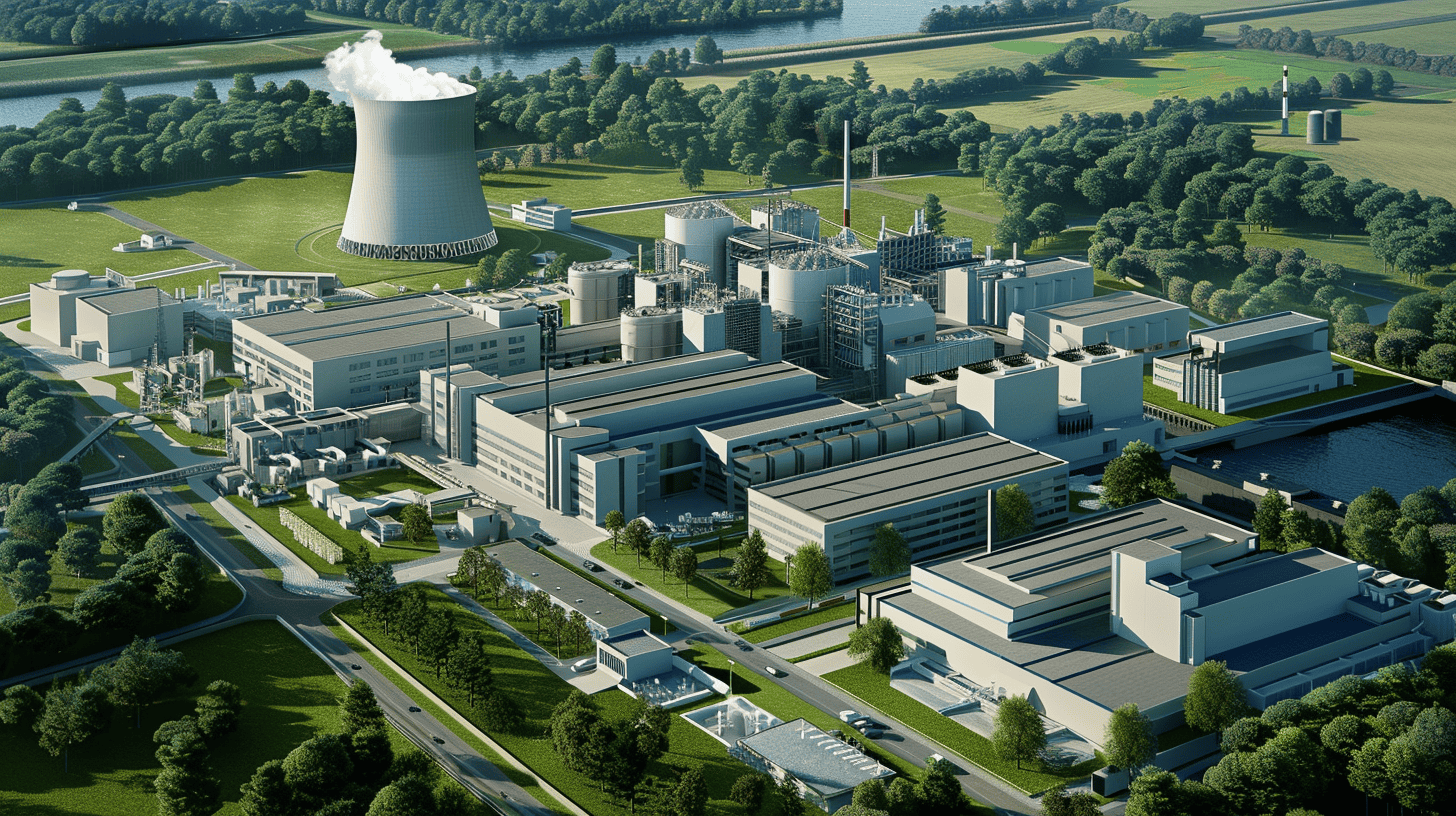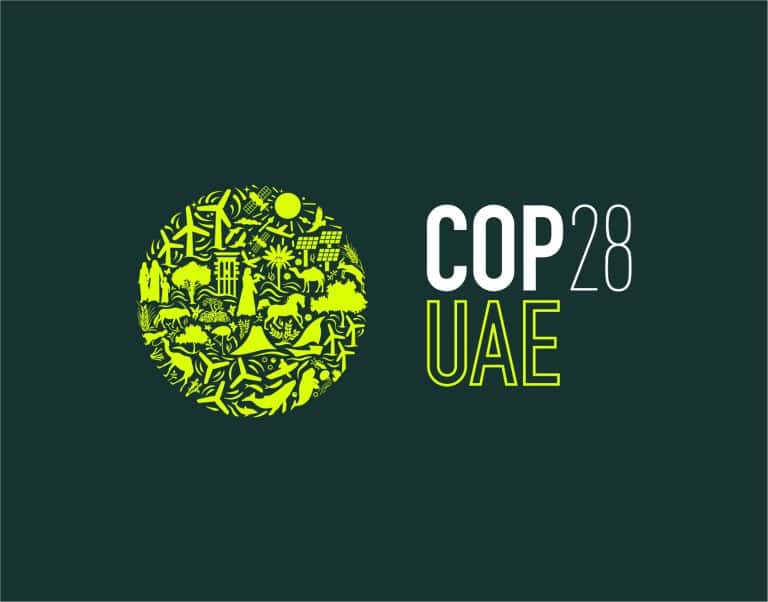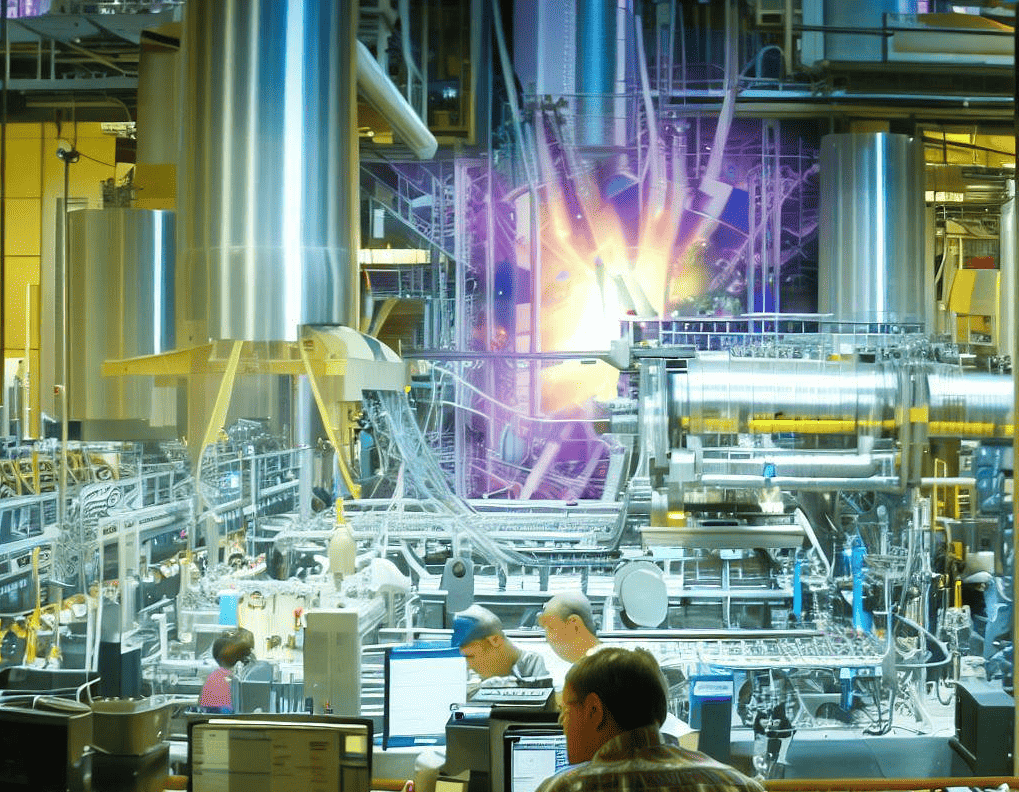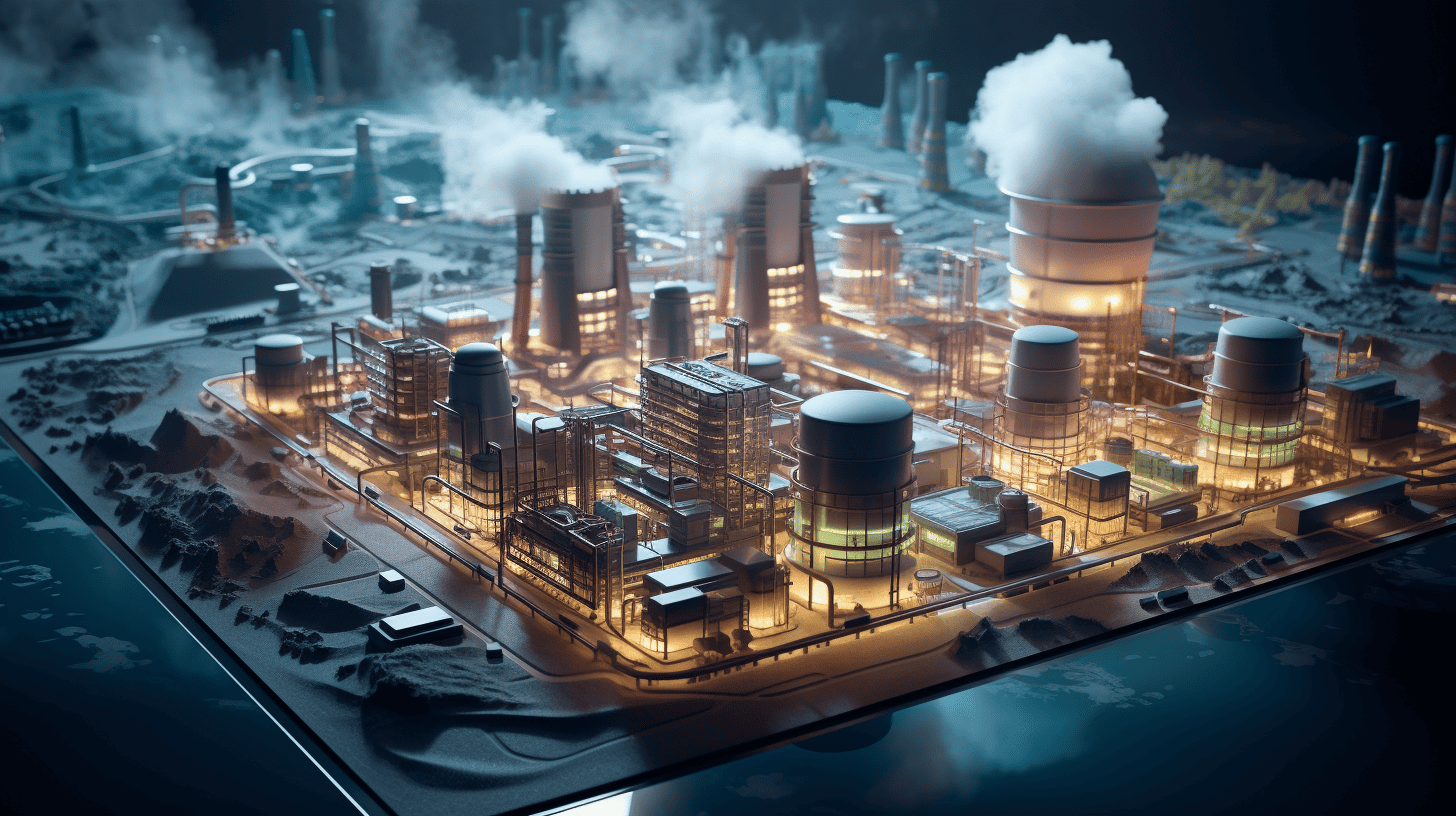
At the first Nuclear Energy Summit in Brussels, government leaders from 32 world countries adopted a declaration to harness nuclear power’s full potential today. The summit, co-hosted by Belgium’s Prime Minister and the International Atomic Energy Agency (IAEA) Director General, nations including the UK and USA underlined the urgency for advanced reactors like SMRs to enable the energy transition.
Why this is important
Nuclear power is a form of low-carbon electricity. World countries see it as essential for the global energy transition, although doubts on costs and waste management remain.
Global consensus: Nuclear energy to fuel the green transition
The commitment at the Brussels Summit to “fully unlock” nuclear energy’s potential signifies a watershed moment in the global energy discourse. The Nuclear Energy Declaration, endorsed by an array of nations from Argentina to the United States, recognizes nuclear energy as a critical element in reducing greenhouse gas emissions.
With more than 370 gigawatts of installed capacity from 415 nuclear power reactors across 31 countries, nuclear power currently supplies almost ten percent of the world’s electricity and a quarter of its low-carbon supply.
The 32 countries supporting the declaration
Argentina, Armenia, Bangladesh, Belgium, Bulgaria, Canada, China, Croatia, Czech Republic, Egypt, Finland, France, Hungary, India, Italy, Japan, Kazakhstan, Republic of Korea, Kingdom of the Netherlands, Pakistan, Philippines, Poland, Romania, Saudi Arabia, Serbia, Slovakia, Slovenia, Sweden, Türkiye, United Arab Emirates, United Kingdom of Great Britain and Northern Ireland, and the United States of America.
Advanced reactors take center stage
The Declaration specifically highlights the timely deployment of advanced reactors, including small modular reactors (SMRs), as a global imperative. These reactors represent a new frontier in nuclear technology, with more than eighty SMR designs currently under development worldwide. Countries such as Ghana, Jordan, Poland, and Romania are already taking steps towards their deployment, positioning themselves at the forefront of this emerging industry.
SMRs, lauded for their adaptability and smaller size, offer unique benefits such as reduced construction time and the ability to provide electricity in remote areas. They also have up to 300 MWh of power capacity, about a third of what conventional reactors deliver.
Global ambitions for a nuclear-powered future
At COP28, the recent climate convention, 22 countries, led by the United States, made a bold commitment to triple nuclear energy capacity by 2050, recognizing its role in limiting global temperature increases. With China currently leading the charge in nuclear investments and new reactors, the stage is set for a significant expansion of nuclear energy worldwide.
Moreover, the inclusion of nuclear power in the European Commission’s taxonomy of green energy sources marks a significant endorsement of its role in climate change mitigation. This policy shift has encouraged many European Union member states to consider building or reopening nuclear reactors.

Challenges and controversies in the nuclear narrative
Despite the optimism surrounding SMRs and other advanced reactors, concerns about their safety, waste management, and cost remain. SMRs, while operating at lower power and using passive safety systems, could produce up to 30 times more nuclear waste than traditional reactors due to the higher concentration of the U235 isotope. This, coupled with potentially higher running costs and decreased output, warrants a careful balance between the benefits and risks associated with their deployment.
Environmental organizations like Greenpeace continue to question the viability of nuclear energy, pointing to its high costs, slow deployment timelines, and toxic waste production. The decommissioning of Germany’s last reactor further highlights the complex debate within nations about nuclear power’s role in their energy strategies.
The road to sustainable nuclear energy
The European Commission’s push to accelerate SMR development by the early 2030s is a bold step towards redefining nuclear energy’s role in Europe’s energy matrix. SMRs can support electricity generation, district heating, and hydrogen production. They are seen as a way to reduce construction times and integrate seamlessly into existing energy systems.
Alongside the development of SMRs is the potential of fast breeder reactors (FBRs) to address waste concerns. FBRs can significantly reduce nuclear waste and enhance fuel efficiency, with some proposals suggesting they could repurpose nuclear waste to power Europe for up to a thousand years. However, FBRs have faced their own set of technical and economic challenges that have hindered their widespread adoption in the past.
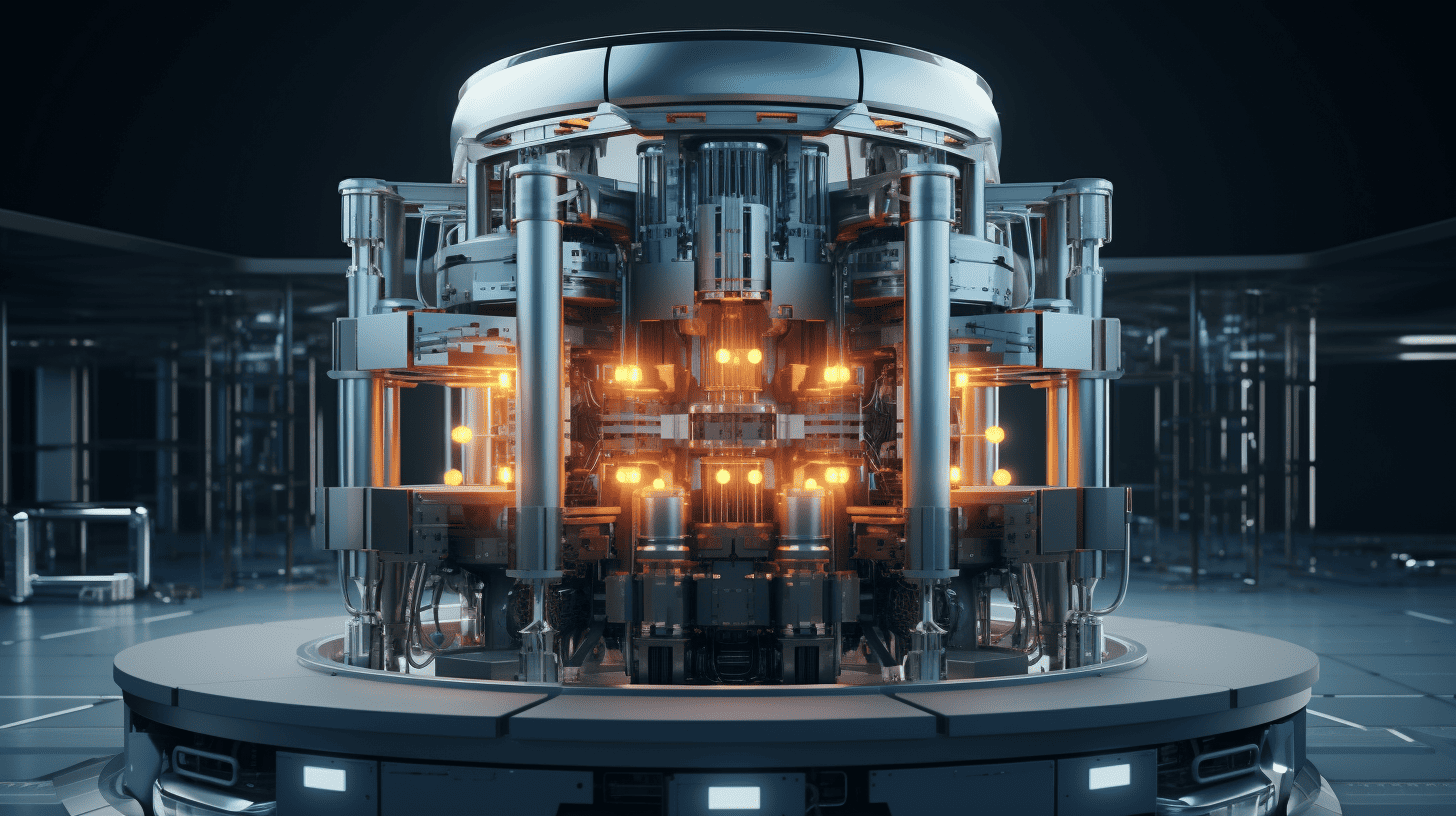
Looking ahead: A nuclear-powered tomorrow?
The collective action taken at the Nuclear Energy Summit and COP28 reflects a growing consensus among world leaders on nuclear energy’s role in combating climate change. The push for advanced reactors, particularly SMRs, reflects a pragmatic approach to diversifying energy portfolios and achieving low-carbon objectives. Nations call upon international organizations to support conditions favorable for nuclear energy development, emphasizing its significance in the global energy landscape.



